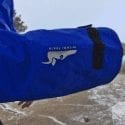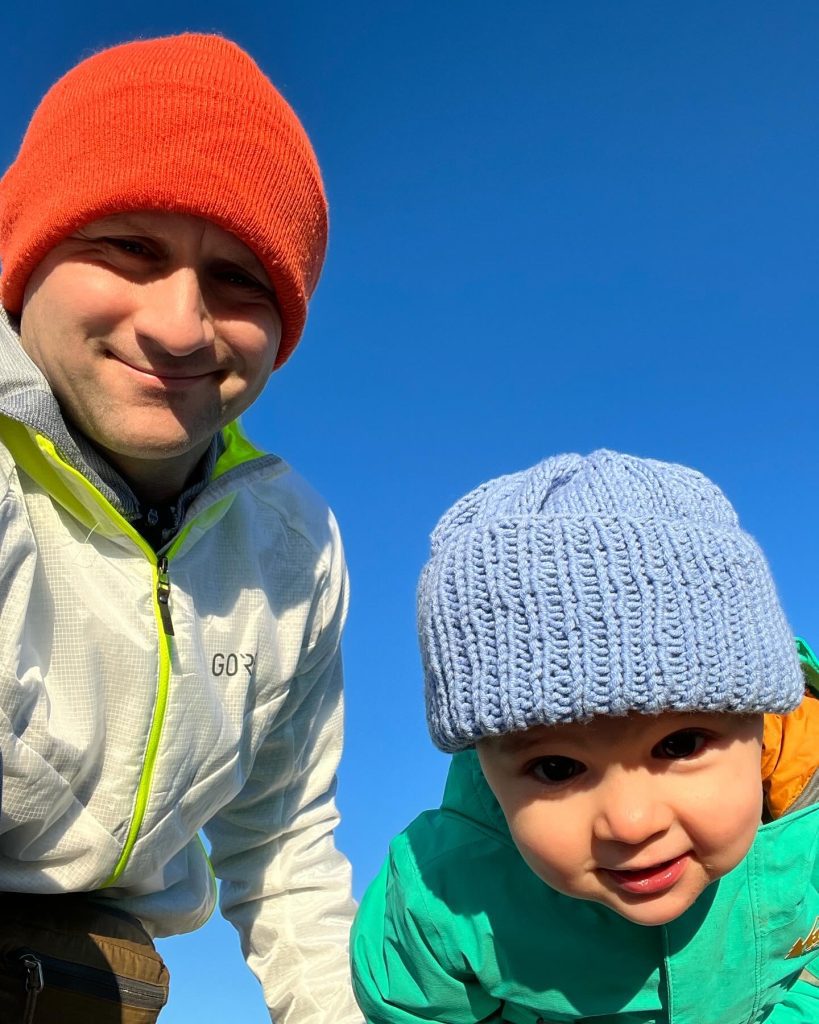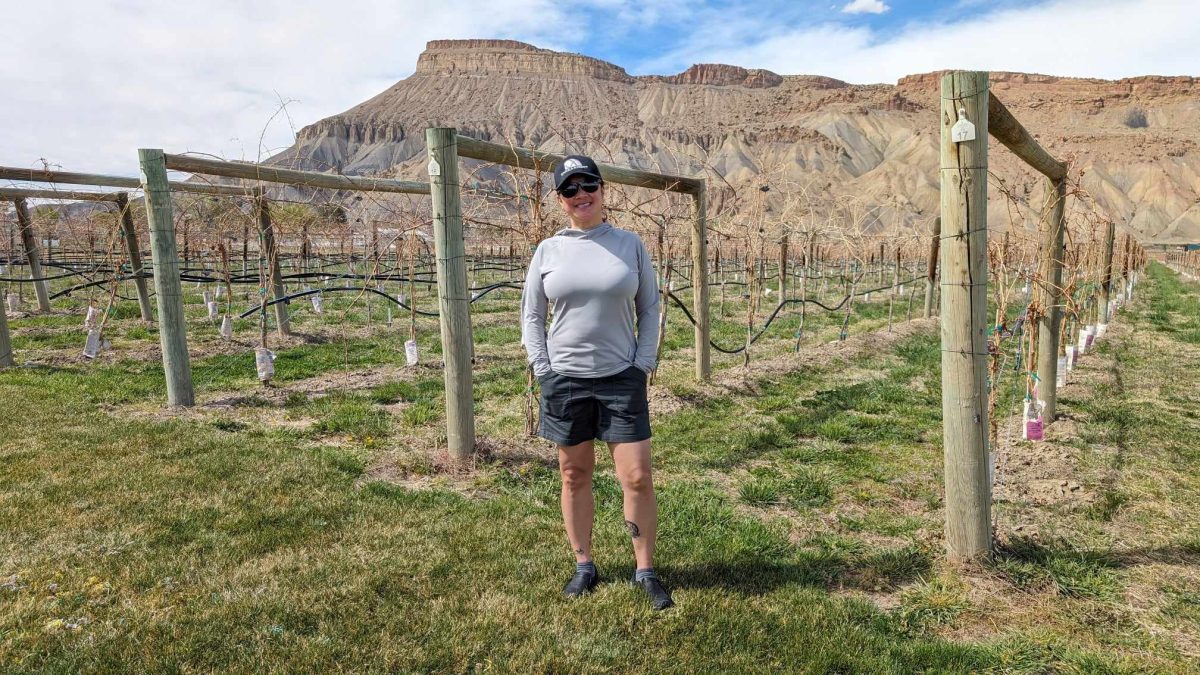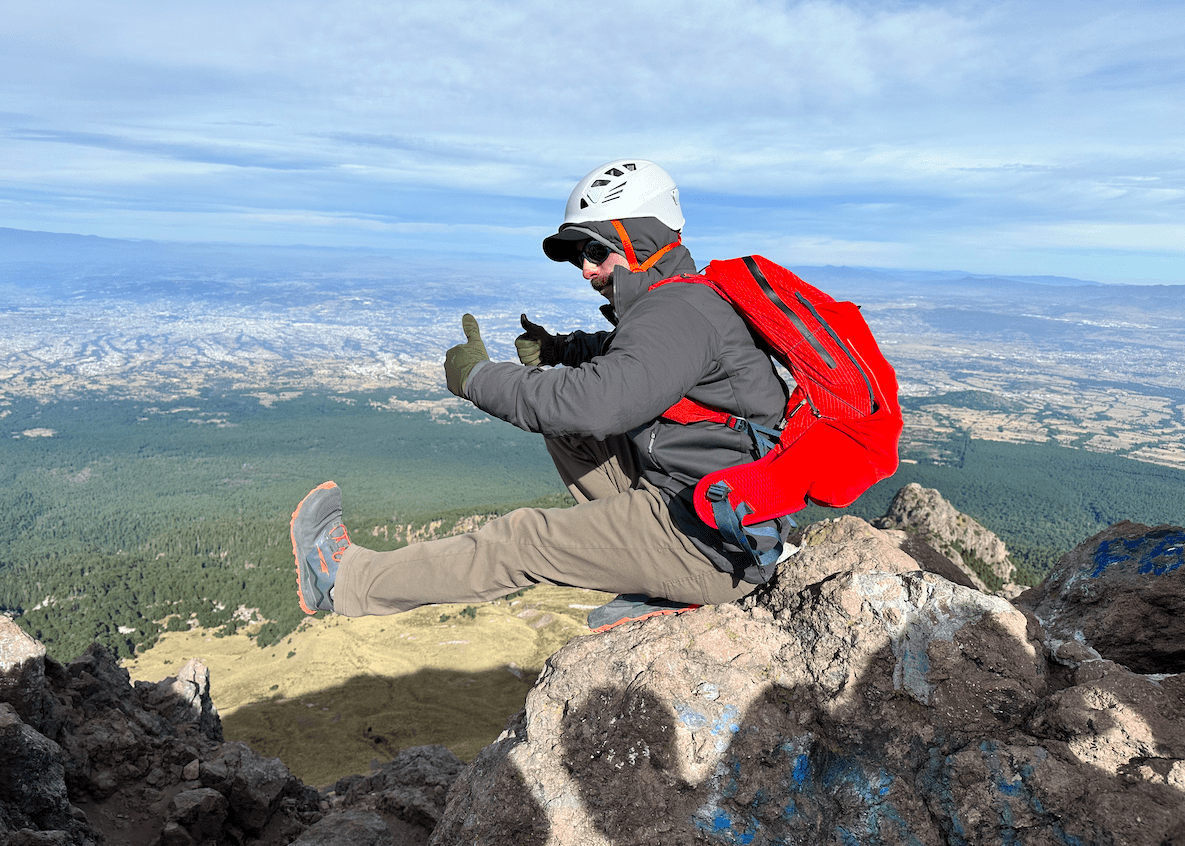Your hard shell has a problem. Waterproof/breathable membranes work only as long as the moisture content inside the jacket is greater than the moisture content outside the jacket. (That’s why jackets stop breathing when your face fabric wets out.) All of the gear companies we know struggle to balance weather protection with breathability. After all, what’s the point in keeping precipitation out if you trap sweat in. It all ends in sogginess. If you tend toward the sweaty side of things, the Mishmi Takin Garambamight be the shell jacket you’ve been looking for.
Who is Mishmi Takin?
Born from the mind of Kapil Dev Singh, Mishmi Takin ain’t your average outdoors brand. The brand focuses on making sure their products breath, as well as they, protect. Singh is originally from India but stopped by our fair United States to get himself a masters degree from MIT. Dude is smart. An avid hiker, Singh has traveled the world for work, always bringing his boots with him. His travels took him from the Himalayas to the White Mountains to West African forests. He longed for gear he could use in all of those places.
Mishmi Takin – named after a mythical ungulate in the Mishmi Hills region of disputed territory in the China-Tiber-India region – focuses on developing hiking boots and hard and soft shells for wet environments. Each product is designed to maximize air exchange across the shell to move moisture out. Mishmi Takin utilizes air permeable, eVent membranes, zipped ventilation, and laser-cut venting to move air.
Mishmi Takin Garamba Features
The Mishmi Takin Garamba is a 2.5-layer shell incorporating eVent’s DVlite membrane and a 40-denier nylon face fabric with a printed inner layer. The Garamba has laser-cut vents at the top of the main zip, right where your mouth would dump hot, moist air if you zip up. Another set of laser-cut vents lives under a flap on the upper back. With the included pit zips and the fact that you can open the pair of front pockets to mesh, the jacket can move a lot of air.
Main and pocket zippers are YKK Aquaguard Vislon, though the pit zips are vanilla YKK covered with fabric flaps. Main pockets are situated above pack waist belt level for easy access and are deep enough to hold plenty of gear for easy access. A small pocket on the inside of the left mesh pocket velcros closed for storing keys and another important minutia.
The hood includes a stiff brim and good adjustability, though it’s not big enough to fit over a helmet. Hem drawcords cinch with external cord locks, which is a little old school, but still effective. Velcro tabs keep the cuffs sealed. Big win for including a second zipper slide to allow use with a harness!
Review: Mishmi Takin Garamba Jacket
How did we test?
With all the hype about breathability and moisture transport, I decided to give the Garamba an immediate challenge. Over the last two days, the temperature dropped from a high of 70° to a low of 19°. In the middle of the afternoon, when we were dropping through the 30° mark and getting a little snow, it seemed like the perfect time for a 5k trail run. I set out wearing some Polartec Power Stretch pants, a merino-blend base layer top, and the Garamba.
Venting and DWR
My route spent most of the first two miles going up before dropping back down in a lollipop loop. So, I warmed up quickly and got to push the limits of eVent air permeability. Half a mile in, I stopped to open the pit zips. On some jackets, you can open pit zips without stopping. Because the Garamba has a pair of fabric flaps over the pit zips to keep liquid out, I had to completely pull off the jacket to get the zips open. The zipper slides kept getting stuck. I also opened the front pockets to move more air.
Once I opened all the vents, I could feel a slight breeze through the jacket. It reduced the clamminess I usually feel working hard inside a hard shell but didn’t eliminate it. I definitely felt air movement through the laser-cut vents, especially the rear ones, which moved moisture away from areas that don’t normally breath so well. No precip got into the laser-cut vent holes – they’re a winning feature on all counts.
For the most part, Mishmi Takin’s DWR worked. There were a few spots on the chest where the snow melted and did not bead. I can’t tell you why – the DWR should be pristine. The Garamba kept all outside water out, regardless.
So, did the Garamba live up to Mishmi Takin’s mission statement? I’d say it handled internal moisture better than most other shells I’ve tried. Is it a unicorn? No.
Fit
I love the fit of the Garamba. I tend to steer toward sizing down on jackets if I can get away with it – keeping it trim at the cost of layering ability. In some Euro brands, that means XL. A large work best for most North American brands, though Arc’teryx tends to the smaller side with Mountain Hardwear in the middle. Columbia uses a measurement system the rest of the world has never seen – I have to size down to a medium to get the fit I like.
Mishmi Takin fits somewhere in the middle – may be a bit larger than Mountain Hardwear. The Garamba’s shoulders are the perfect width for me and the torso has room for layering without being enormous. Outdoor Research’s middle-weight Ascendant hoody fit underneath with room to spare. Sleeves are also the perfect length for me, covering my wrists with arms extended without bunching extra material.
Final Thoughts
Mishmi Takin got a lot of things right with the Garamba. Using an air-permeable membrane was a good move. Laser-cut vents should be adopted industry-wide. The fit is spot on. And, it looks pretty decent to boot (in my humble opinion).
It misses on the sticky pit zips, a small hood that isn’t helmet compatible, and the old-school cord locks on the hem. Updating those items would make the Garamba an almost perfect hard shell.
In the meantime, Mishmi Takin manages to put out a nice jacket at a better price point than a lot of other brands. The Garamba is available from Mishmi Takin direct for $225 (at press time).






Leave a Reply